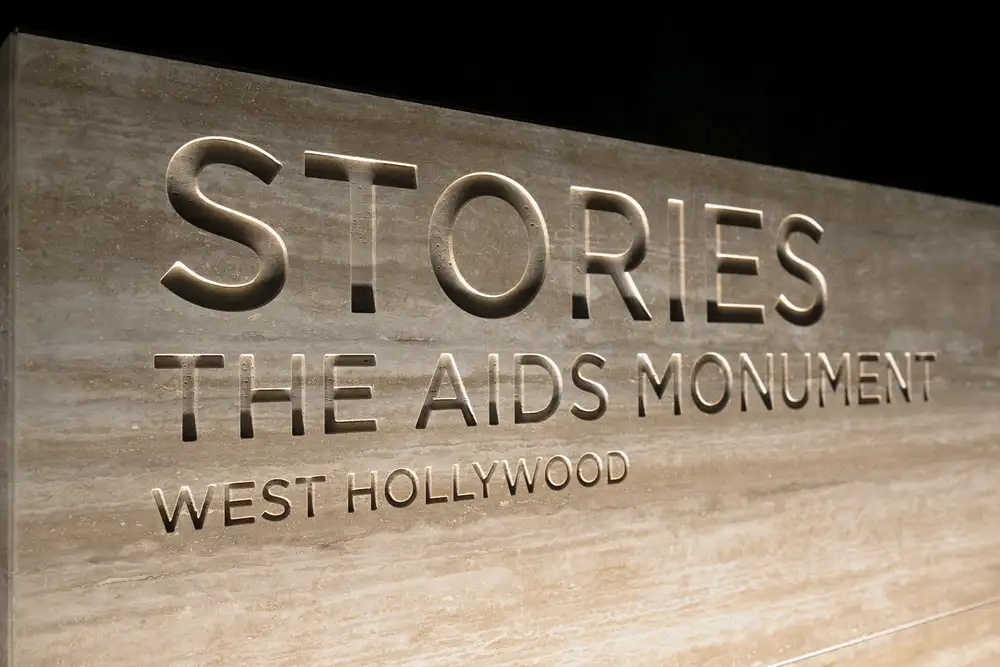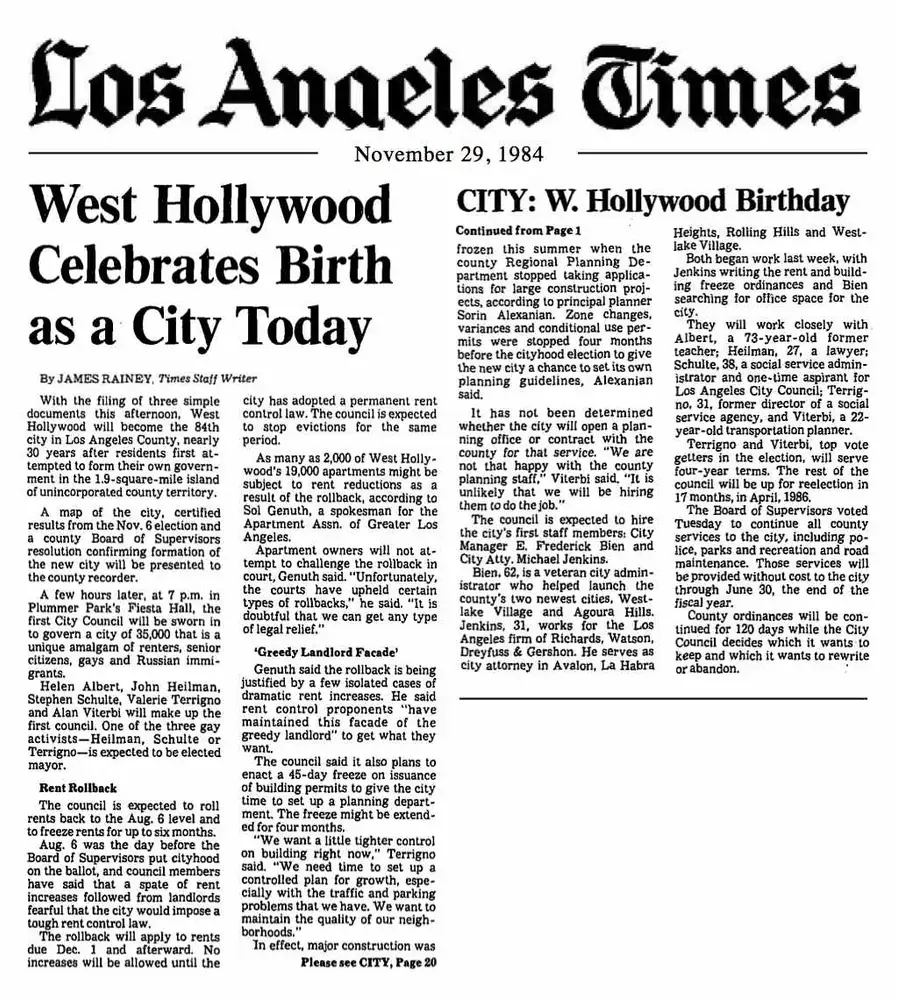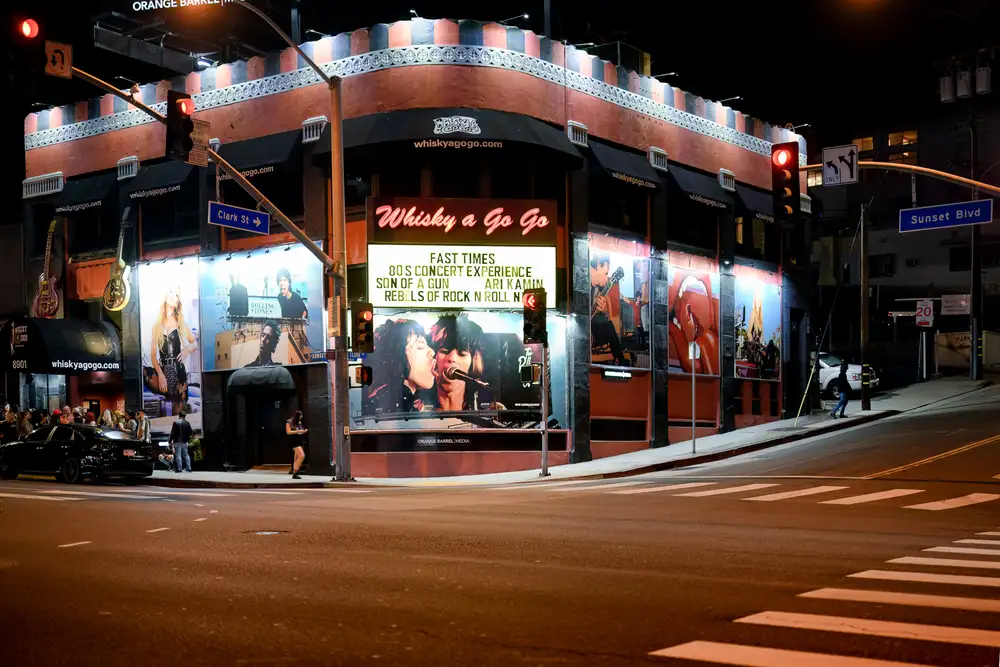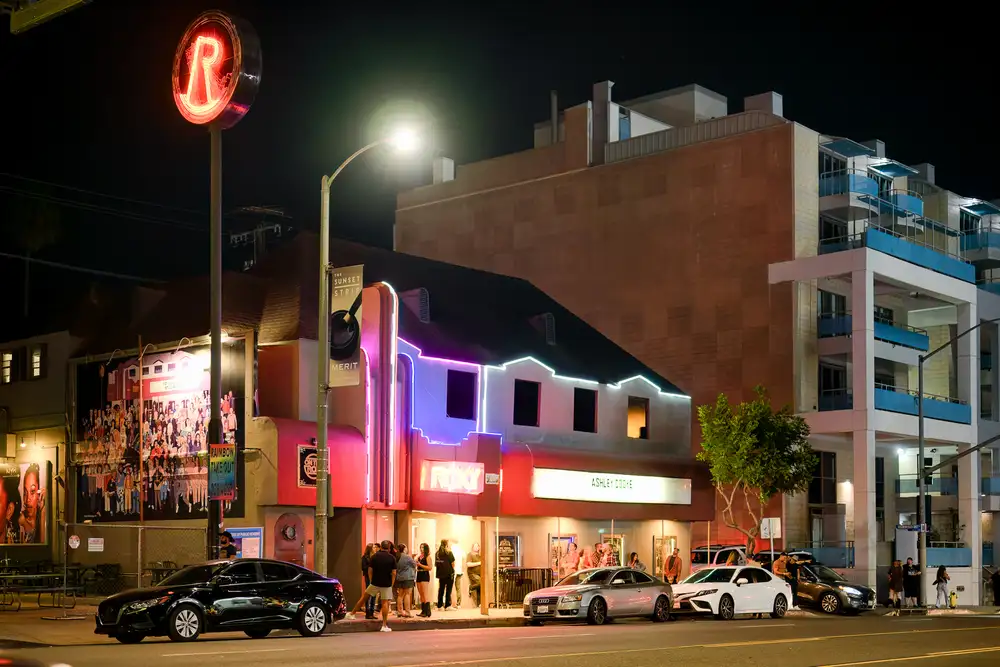According to a report by the California Climate Change Center, summer seasons in the Los Angeles region and its surrounding communities are expected to become far hotter in the coming decades. By the year 2100, the number of heatwave high temperature days are expected to at least double from current levels. Higher temperatures will also bring decreased air quality, due to higher ground level ozone concentrations. Hotter, smoggier weather will put increased pressure on electricity and water supplies, cause higher numbers of heat-related injuries, and increase the strain on individuals suffering from cardiac and respiratory issues.
The City of West Hollywood is a proven progressive leader in confronting issues related to climate change. From its groundbreaking local green building program, and proactive implementation of a climate action plan, to its early membership in the Clean Energy Alliance and voluntary participation in the STAR Community sustainability measurement program, West Hollywood is a small city doing big things to address climate change.
Green Building Program
In 2007, West Hollywood became the first California city to pass its own mandatory local green building program. Modeled after the U.S. Green Building Council’s LEED green building rating system, WeHo’s green building program utilizes a flexible point system for every new building project, enabling builders to maintain cost-effectiveness and responsiveness to local market conditions.
Since its inception, the City of West Hollywood’s green building program has been highly successful in ensuring that new buildings constructed in the city consume fewer resources in their construction, and are more energy efficient and healthier for their occupants over the long term. The program has been so successful that a further effort has recently been launched, aimed at expanding the green building ordinance to address existing building remodels and retrofits. There exist many opportunities to “de-carbonize” existing West Hollywood buildings and to increase the energy efficiency of residential rentals, in particular.
In 2019, before the COVID-19 pandemic, the City garnered input from representatives in the construction, housing and sustainable design industries, as well as from city stakeholders, local business owners, landlords and residents in order to craft an expansion of the city’s Green Building Program, with the ultimate goal of supporting a statewide trend toward achieving zero net energy usage.
Climate Action and Sustainability Plan
The City of West Hollywood’s Climate Action Plan, implemented in 2011 as a measure of the City’s General Plan, identified a host of strategies aimed at reducing greenhouse gas emissions and improving sustainability for the City’s municipal operations and the community as a whole and was conceived with input from City residents. Following a community workshop in 2010, an environmental task force was established to identify ways in which the community’s ecological footprint can be minimized.
The goal of the original plan implemented in 2011 was to reduce community-wide greenhouse gas emissions by 20 to 25 percent below 2008 levels by the year 2035. Within six years of introducing the Climate Action Plan, the City of West Hollywood successfully implemented 75 percent of the measures prescribed in the plan.
City of West Hollywood Long Range Planning staff are responsible for implementing progressive green policies and offering the community a host of toolkits and programs to achieve the City’s goals in WeHo Climate Action.
WeHo Climate Action is the 2021 Climate Action and Adaptation Plan for the City of West Hollywood. It outlines the City’s intended path to achieve carbon neutrality by 2035 and adapt to the impacts of a changing climate while centering equity and quality-of-life outcomes for the West Hollywood community. WeHo Climate Action:
- Establishes more aggressive greenhouse gas emissions reduction targets and explore strategies to prepare for and recover from adverse climate impacts (i.e., drought, extreme heat, flooding, etc.);
- Obtained feedback from a variety of stakeholders, including specific populations who are most impacted by a changing climate (e.g., older adults, children, low-income families, persons with disabilities, the unhoused, indigenous peoples, etc.);
- Empowers the WeHo community to play an active role in creating a sustainable future; and;
- Continues to support WeHo as a vibrant and sustainable city for current and future generations.
The following five focus areas set the vision for a sustainable, resilient, and equitable West Hollywood. Click to learn more from the City’s WeHo Climate Action dashboard:
- City Leadership & Governance
- Energy
- Transportation, Mobility, and the Public Realm
- Zero Waste
- Natural Environment
The great initial success of the Climate Action Plan has led to the introduction of additional plans, policies and programs developed to further reduce our community’s carbon footprint. For example:
Go Solar West Hollywood offers free guidance to local residents and businesses who wish to procure solar. For further inspiration related to the implementation of solar, visit the following link for more information.
EV Charge Up West Hollywood, implemented in 2018, establishes new minimum thresholds for EV charging readiness for new construction projects, which far exceed existing California state building code requirements.
A Pedestrian and Bike Mobility Plan, introduced in 2017, has identified priority capital improvement projects designed to increase walking and bicycle riding while decreasing automobile use within our community.
In addition, a polystyrene ban was implemented in the City following a plastic bag ban and straws are now offered in local restaurants only by request. West Hollywood’s municipal vehicle fleet has been modified to include multiple new hybrid vehicles. And, West Hollywood has also sponsored various tree planting programs aimed at addressing the urban heat island effect. In addition, municipal greenways have been redesigned to incorporate drought tolerant landscaping.
Clean Power Alliance
In 2017, West Hollywood became the fourth California city to participate in the Clean Power Alliance, a municipal utility that grants its city-member participants more leverage over how energy is produced for its cities. The Clean Power Alliance is known as a Community Choice Aggregation or CCA utility. Through the alliance, power customers in West Hollywood are able to choose cleaner power options from renewable energy sources that are priced competitively with fossil fuels. Auto-enrollment in the program began at the start of 2019. The alliance’s ultimate goal is to achieve 100 percent renewable energy consumption. Currently, the Clean Power Alliance is on track to meet California’s 2030 renewable energy mandates more than a decade ahead of schedule.
STAR Communities Sustainability Rating System
In April 2019, West Hollywood became a 3-STAR Certified Community under the STAR Communities rating system, a non-profit, third-party verification program aimed at helping local governments improve the sustainability in their communities by promoting the adoption of best practices across various categories.
Aside from West Hollywood, only three other California cities have so far earned STAR certification status. West Hollywood scored particularly high in the category of “Climate and Energy”, due to the city’s ability to quantify and strategically reduce greenhouse gas emissions though its Climate Action Plan. Additionally, the City’s participation in the Clean Power Alliance, its implementation of EV Charge Up West Hollywood, and additional policies related to water and energy efficiency, as well as increased recycling and waste diversion rates garnered additional STAR points.
Climate Change Action: What You Can Do
The City of West Hollywood will continue to seek and find ways of reducing greenhouse gas emissions and amplifying sustainability practices. But there is much that community members can and must do in order to meet and exceed the City’s sustainability goals.
You can become a vital part of the solution…if you choose to walk, bike or take public transit as an alternative to driving…if you buy energy efficient appliances…if you insulate your home…if you replace incandescent light bulbs with compact fluorescent or LED light bulbs…if you air dry your dishes and clothing…if you select the cold laundry cycle…if you take shorter showers…if you adjust your thermostat down in winter months and up in summer months…or if you plant a climate-appropriate tree.
Individual actions can have a multiplying effect when all community members begin to adopt a host of sustainability best practices. Working together, we can reduce our impact on the environment and assure that the City of West Hollywood remains a regional leader in sustainability.
More information can be found on the City of West Hollywood’s website at www.weho.org/climateaction.
.webp)

.webp)








.png)



.webp)